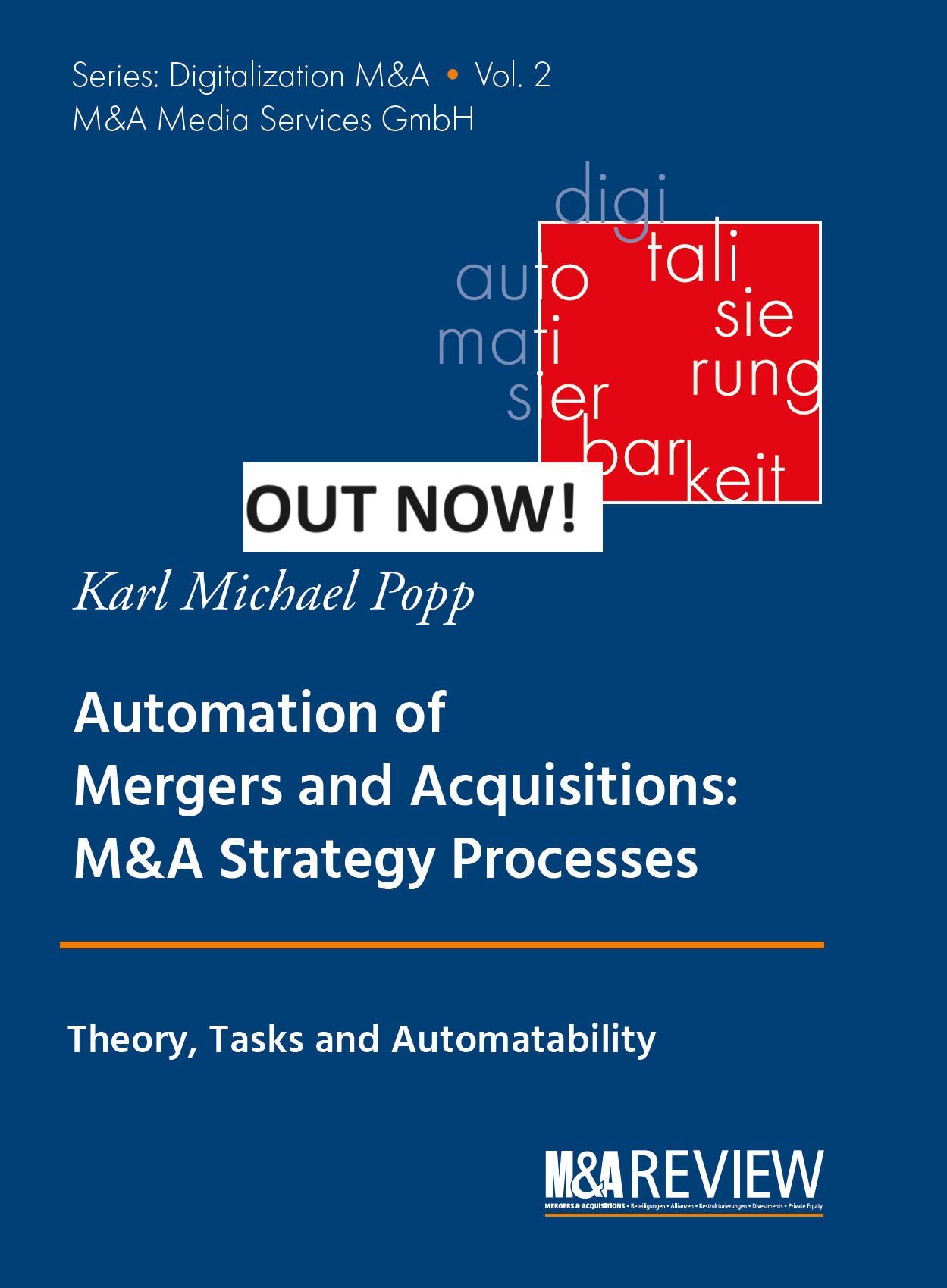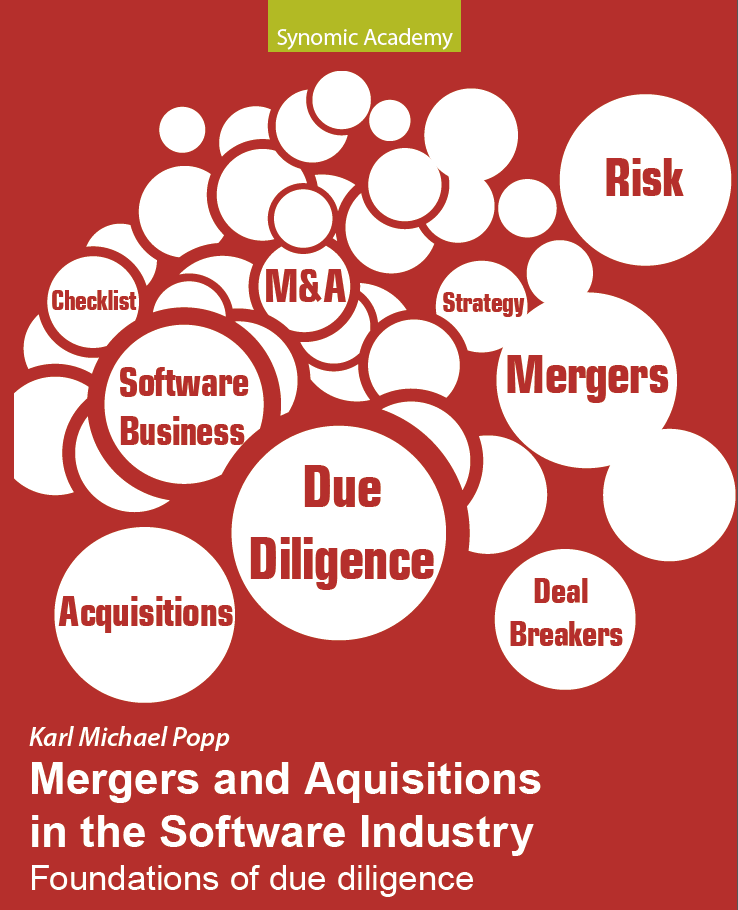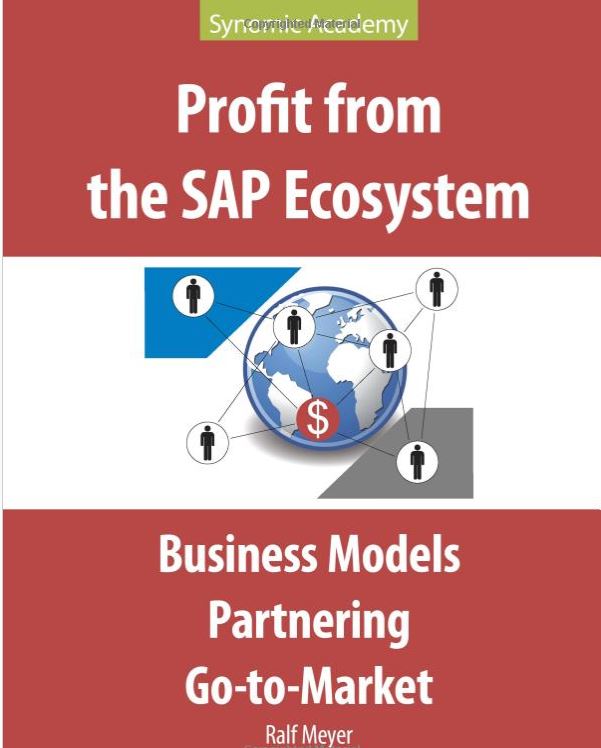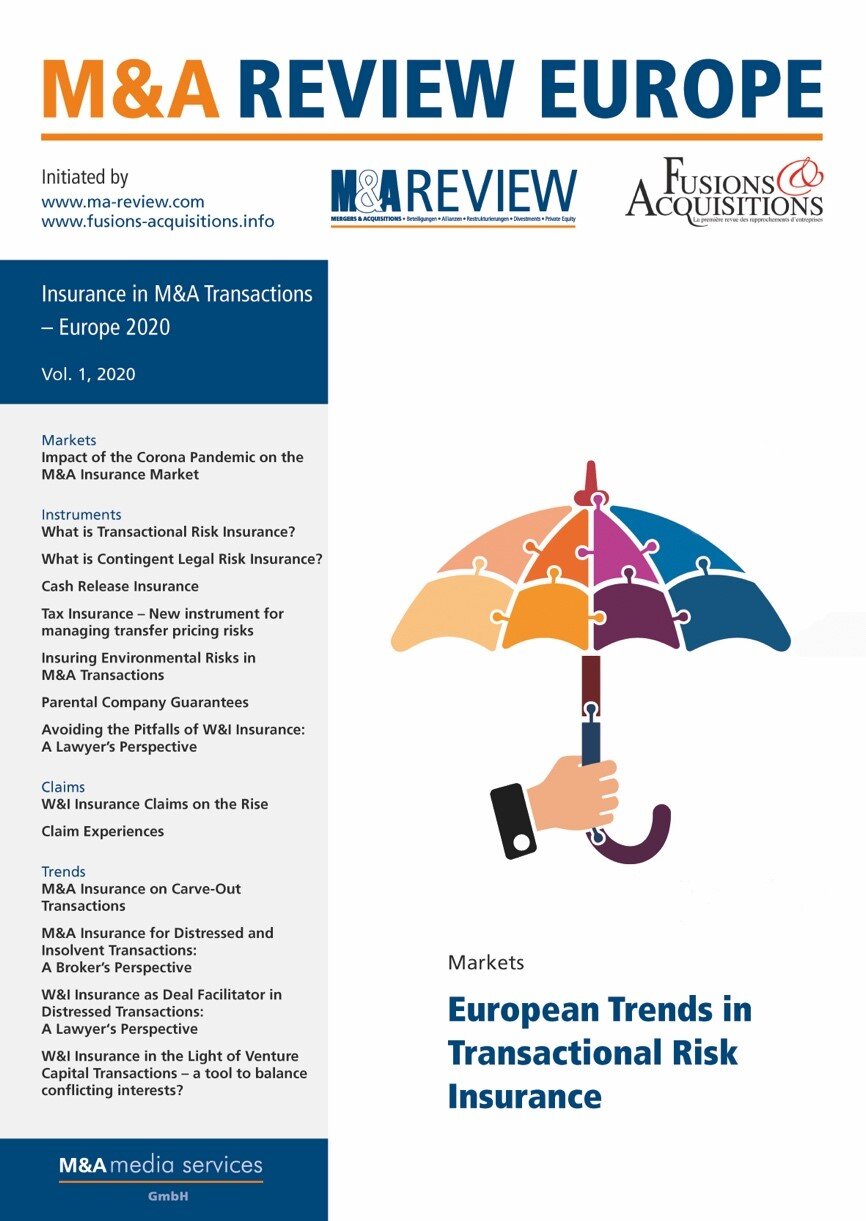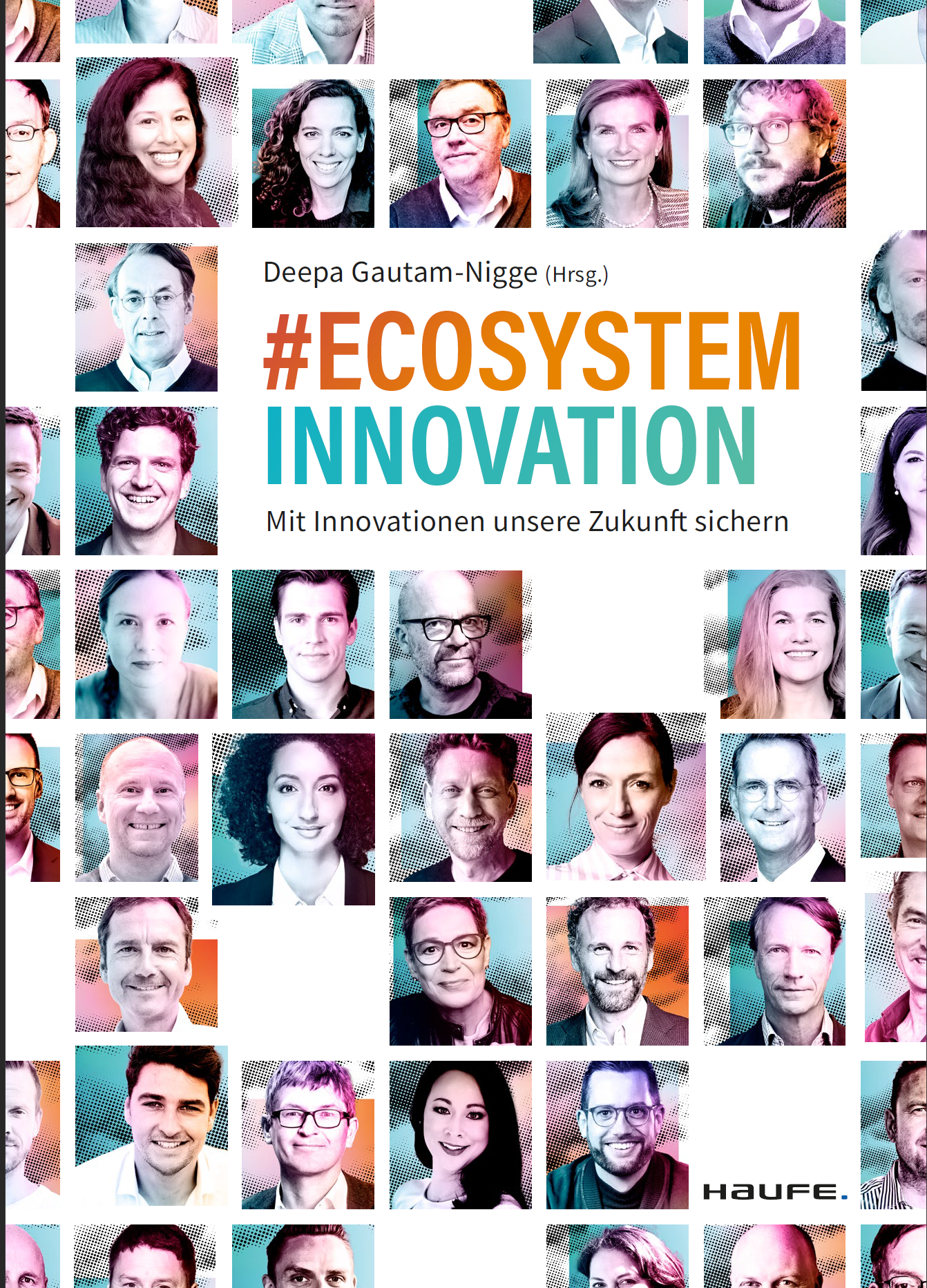Key Activities in Software Due Diligence During Mergers and Acquisitions
This blog is in the Top 25 M&A blogs worldwide according to Feedspot
In the rapidly changing and continuously advancing landscape of technology-driven mergers and acquisitions (M&A), it is absolutely essential that software due diligence is conducted thoroughly to guarantee that the transition is both smooth and the subsequent integration is successful. Below, we present a detailed overview of the key activities that are involved in the process of software due diligence:
1. Initial Assessment
- Objective: The primary goal here is to conduct a comprehensive evaluation of the target company's software assets while simultaneously assessing the overall quality, functionality, and suitability of these assets for seamless integration into the acquiring entity's existing systems.
- Actions: This involves meticulously reviewing all existing documentation related to the software, as well as conducting initial interviews with key personnel to gather crucial insights.
2. Security Audit
- Objective: The main objective of this activity is to ensure that the software adheres to established industry security standards while also identifying any potential vulnerabilities that could pose risks to the integrity of the systems.
- Actions: This requires conducting thorough penetration testing to simulate potential attacks and assessing the historical data concerning any previous security incidents that may have occurred. In addition, static and dynamic security scans should be conducted on the solutions and the server landscape the company is operating on.
3. Risk Assessment
- Objective: The aim here is to identify and analyze any potential legal and operational risks that may be associated with the software being examined.
- Actions: This involves a detailed analysis of inbound software licenses, identifying dependencies, and reviewing all relevant intellectual property rights to understand the full scope of risk involved. In addition, merger specific risks and risks in the acquirer have to be taken into account.
4. Code Quality Review
- Objective: The primary focus of this review is to evaluate the overall quality, maintainability, and scalability of the code that underpins the software.
- Actions: This process entails conducting automated code analysis to assess coding standards and practices, as well as facilitating peer reviews to ensure collaborative evaluation among developers. In addition automated scans determine the technical debt contained in a product.
ARE YOU INTERESTED IN A SOLUTION THAT AUTOMATICALLY DETERMINES CODE QUALITY, TECHNICAL DEBT AND FINDS AI GENERATED CODE?
FILL THE FORM TO SCHEDULE A DEMO
5. Technical Architecture Analysis
- Objective: The goal of this analysis is to examine the software’s architecture comprehensively and evaluate its capability to integrate effectively with the systems employed by the acquiring company.
- Actions: This involves a thorough evaluation of data structures, application programming interfaces (APIs), and any third-party integrations that may exist within the software architecture. The acquirer should check if the architecture fits the requirements and should consider post-merger activities should the acquired product be integrated with the acquirer´s product.
6. Compliance Check
- Objective: The primary objective of this compliance check is to ensure that the software in question is in full compliance with relevant legal regulations and industry standards that govern its operation.
- Actions: This requires a careful verification of data privacy policies, adherence to export controls, and compliance with industry-specific regulations that may impact the software’s functionality and deployment.
7. Integration Considerations
- Objective: The aim of this activity is to thoroughly plan for a seamless integration of the software following the acquisition to ensure that all systems function harmoniously together.
- Actions: This involves identifying any potential integration challenges that may arise and developing a phased approach that outlines the steps necessary for successful integration over time.
8. Contract Review
- Objective: The primary focus here is to assess all existing contracts related to software maintenance, royalties, and agreements with third-party vendors to understand the obligations and rights involved.
- Actions: This may involve negotiating terms where necessary to secure favorable conditions, or planning for the migration of contracts to ensure continuity of service and compliance.
Conclusion
The process of software due diligence is an extensive and multifaceted endeavor that encompasses various critical evaluations aimed at ensuring that the software assets of the target company are in alignment with the strategic goals and objectives of the acquiring company. Successfully navigating through these key activities can significantly mitigate risks while simultaneously uncovering valuable opportunities for enhancing the overall value in the period following the acquisition.
Like my thoughts? READ MY NEW BOOK
ORDER AT AMAZON
ORDER IN GERMANY


